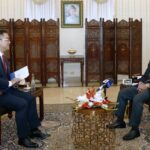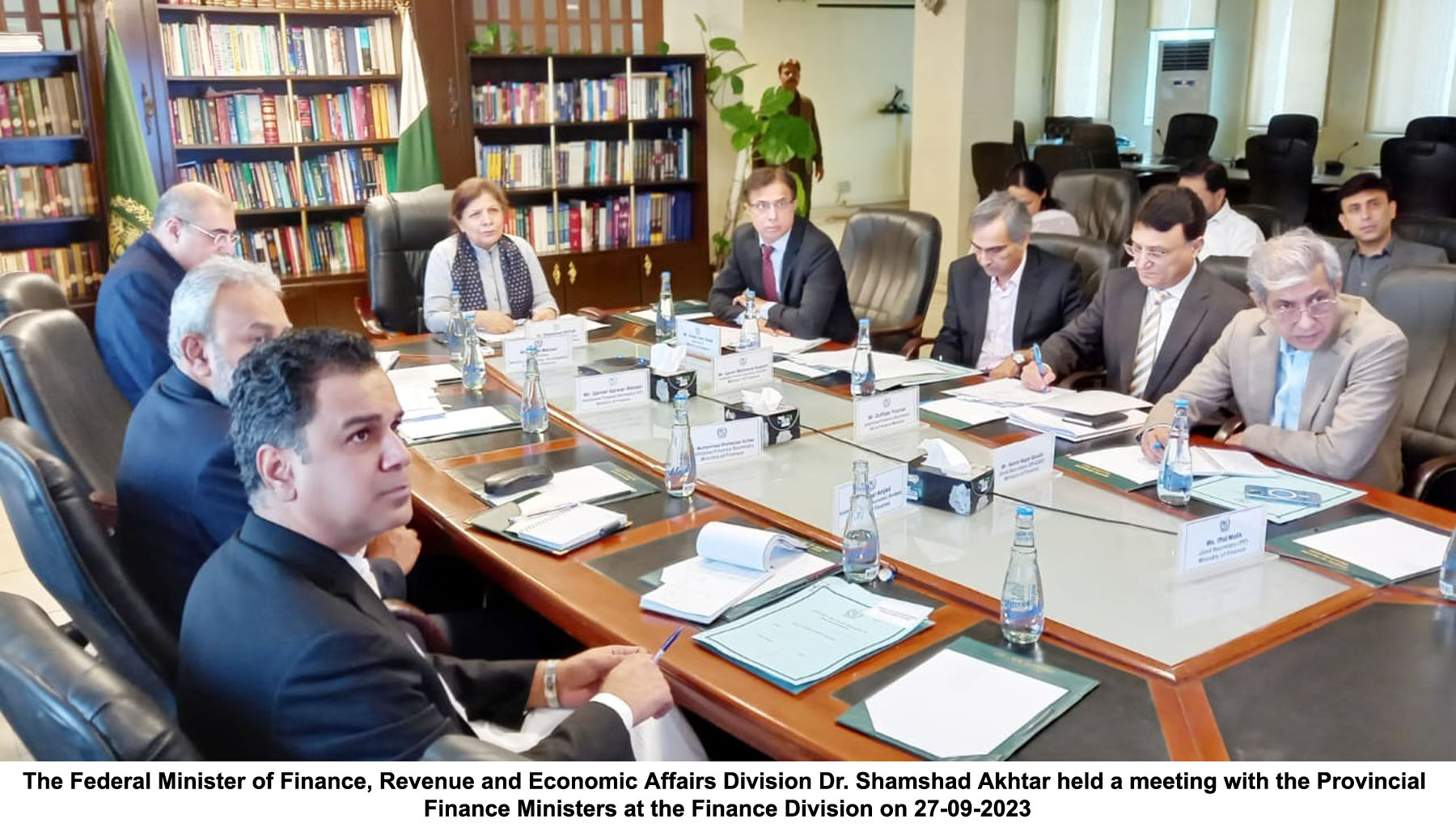Donors and policymakers in developing countries have placed a key focus on Financial Inclusion in the development policy agenda. The rationale for financial inclusion is simple; through inclusivity, marginalized segments of the society e.g. lower income strata, women and youth are provided with an effective interface to access financial services, allowing them to be linked to the formal economy as engaged citizens. The case for financial inclusion is not only made on a social justice argument but also on the economic benefits it brings to low-income communities and commercial advantages that it holds for financial institutions.
It is for good reason that financial inclusion has been identified as an enabler for 7 of the 17 sustainable development goals. While financial inclusion has multi-dimensional benefits, breaking down the agenda and policy goals into targets and indicators has been a persistent challenge. It requires both policy makers and financial service provides to re-think the ways they have been engaging with the individuals as well as enterprises on the peripheries of the formal economy.
With cost, outreach and scale being major considerations of providers, creativity and innovation in terms of product suite and service delivery become paramount. It was not long ago that Pakistan was labelled as the laboratory of innovation by the Consultative Group to Assist the Poor (CGAP)[1]. This is very encouraging where around 80% of the population does not have a bank account[2]. However, with mobile phone ownership at 54%. providers have been exploiting a unique opportunity by combining telecommunication technology with financial services provision to address demand side considerations of price, reliability and access.
Branchless Banking (BB) – the means through which banking is taken out of traditional brick and mortar premises to provide the unbanked, particularly those who live in rural areas and belong to low-income segments. BB leverages the high incidence of mobile phone ownership in Pakistan to provide a suite of services such as domestic and international remittances, pensions and utility bill payments. Indeed, the platform for using telecommunications is ripe as indicated by the Global Information Technology Report, 2016 which ranks Pakistan as 1st in ICT affordability.
While the prospect of BB may seem appealing, it is not thriving nor is its incidence of usage very high. The reported figure of financial inclusion in the country (21.3%)[5] should be interpreted with caution as it only relates to ownership and not actual use and utility. For instance, it has been observed that digital accounts linked to debit cards in Pakistan’s largest Government to Person (G2P) programme were used for immediate cash outs where an analogy with a post box that is checked periodically would not be out of place.
Currently, there are two ways in which Pakistanis conduct mobile money transactions Over-the-Counter (OTC) and through an m-wallet. OTC is a very simple cash-in and cash-out method of transacting at small retailers who before the advent of BB, were limited to selling airtime for telecommunication companies along with their wares. The predominant form of OTC transactions are P2P remittances, utility bill payments and G2P transfers. These services are also offered through a mobile account, which, as the name suggests, is an account linked to a SIM card. Aside from cashing-in or cashing-out, a mobile wallet can enable a customer to conduct transactions independently e.g. payment of a utility bill or transfer or funds to another bank account.
Pakistan’s case is in stark contrast to Kenya where M-PESA mobile service directed customers to conduct transactions independently from a mobile money agent. A wide range of use cases such as grocery and taxi fare payments are not only available but their incidence of usage is also high. Customer confidence and trust was built initially by M-PESA with agents playing a negligible role. India and China are also two major examples where affordable telecommunication services have enhanced financial inclusion. In the flourishing Asia Pacific region, fintech companies and the banks have partnered with mobile companies and have able to leverage alternative credit assessments, reducing turnaround time and transaction costs in approving loans and credit lines.
Leveraging technology is clearly a cost effective method of reaching the unbanked. It has the potential to create a firm connection between demand and supply of financial services. With affordable ICT and an existing infrastructure developed by banks and telecommunication companies alike, the platform is solid and the situation ripe. However, the type of interventions used by stakeholders will determine the extent to which this potential is fully exploited.









